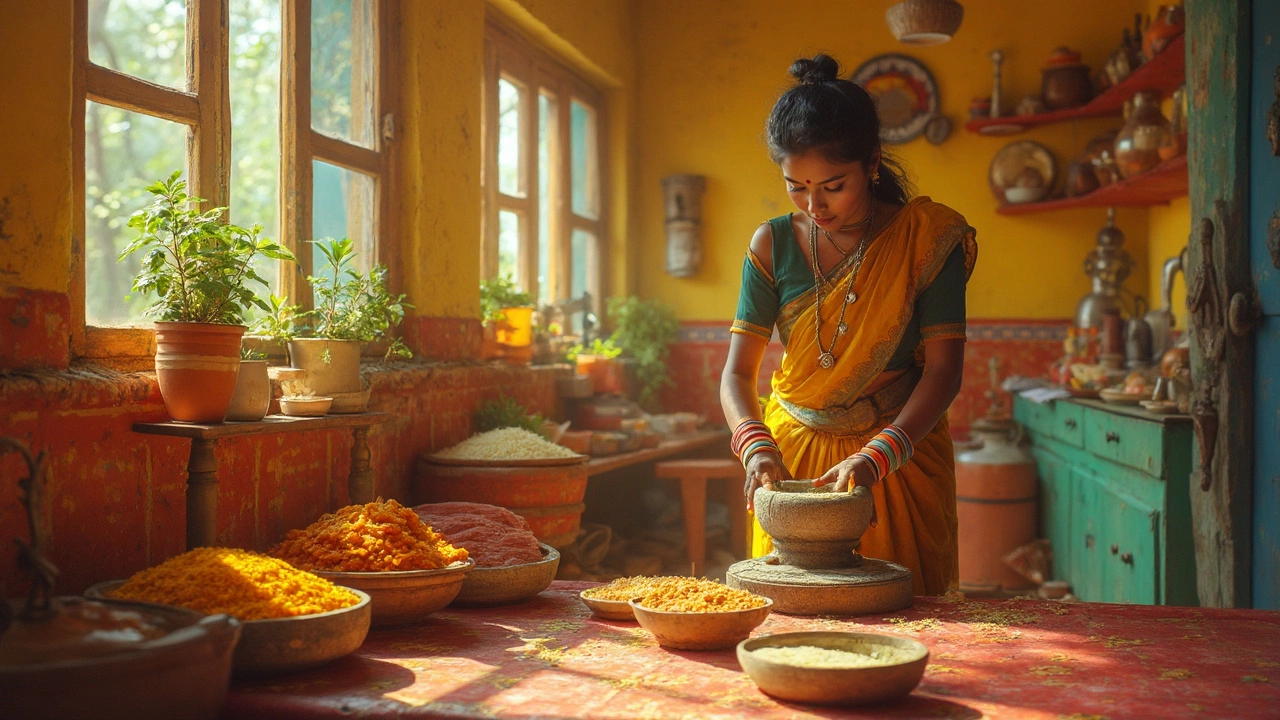Soft Dosa: The Ultimate Guide to Fluffy Indian Crepes
Soft Dosa, a thin, crisp‑yet‑airy South Indian pancake made from a fermented rice‑and‑lentil batter. Also known as fluffy dosa, it is a breakfast staple that many Indian homes rave about. If you’ve ever bitten into a dosa that felt more like a rubber sheet than a cloud, you know the frustration. The good news? Getting that pillowy bite is less mystery and more science, and you can master it with a few focused tweaks.
First up, the foundation: Dosa batter, the base mixture of rice, urad dal, and sometimes fenugreek, which ferments to develop flavor and lift. The batter’s texture, the ratio of rice to lentils, and the presence of a tiny amount of curd all decide whether your next dosa will puff up or stay flat. soft dosa enthusiasts swear by a 2:1 rice‑to‑dal mix, but the real magic happens after the batter rests.
Why Fermentation and Leavening Matter
Fermentation, a natural process where microbes produce gases that puff up the batter, giving the dosa its signature softness is the heart‑beat of a fluffy dosa. During this stage, beneficial bacteria and yeasts break down starches, releasing carbon dioxide that creates tiny bubbles. Those bubbles are what make a dosa rise when it hits the hot pan—so Soft Dosa encompasses a fluffy texture thanks to proper fermentation. Aim for a warm spot (around 30 °C) and a 6‑12 hour rest; if you’re short on time, a trick is to add a pinch of Baking soda, a leavening agent that can boost batter rise when added in small amounts. One quarter teaspoon per kilogram of batter is enough to give extra lift without a soapy taste.
But don’t just dump baking soda in and expect miracles. Soft Dosa requires proper fermentation, and the soda works best as a backup when the temperature is low or the batter is a day old. Over‑using it can make the dosa grainy, so measure carefully and taste the batter—if it smells slightly sour and has a light froth, you’re good to go.
Another player is curd (or plain yogurt). Adding a tablespoon of curd per cup of rice introduces lactic acid that speeds up fermentation and adds a subtle tang, which contributes to softness. It also helps break down proteins in the urad dal, making the batter smoother. The result: a batter that spreads easily, creates a crisp edge, and stays soft in the center.
Now, let’s talk technique. The pan’s temperature is critical. A medium‑high skillet that’s hot enough to sizzle the first drop of batter but not so hot that the edges burn will give you that hallmark golden‑brown rim while keeping the middle airy. Lightly oil the surface—just enough to prevent sticking, not a deep‑fried finish. When you pour a ladle of batter, swirl it in a circular motion to form a thin circle; the thinner the spread, the quicker the steam escapes, which inflates the interior.
For those who love consistency, a quick test works: after the batter rests, dip a spoon into it. If it forms a soft ribbon that slowly drops back into the bowl, the fermentation level is spot on. If it’s too thick, add a splash of water; if it’s too runny, a bit more rice flour will firm it up.
Beyond the basics, you’ll find many variations that keep the soft dosa interesting. Adding a pinch of grated coconut to the batter boosts moisture, while a handful of chopped herbs (coriander or mint) adds freshness. Even a sprinkle of black pepper or a dash of mustard seeds in the pan can give a surprise crunch without compromising the fluffy core.
All these tips tie back to the idea that Soft Dosa is a result of balanced ingredients, proper fermentation, and smart heat management. Whether you’re whipping up a quick breakfast or planning a weekend brunch, mastering these elements turns a simple batter into a crowd‑pleasing dish.
Below you’ll find a curated list of articles that dig deeper into each of these topics— from the science of curd in batter to step‑by‑step fermentation hacks and the exact amount of baking soda for the perfect rise. Explore the collection to fine‑tune your technique and bring the love of soft dosa to every plate you serve.

Quickly Make Soft Dosa Batter Without Yeast
Making dosa batter quickly without yeast is actually easy and efficient. With some simple tips and techniques, you can achieve soft, fluffy dosas. This article explains how to blend the right proportions of rice and dal, suggests soaking times to fasten the process, and offers practical kitchen hacks. Whether you're in a rush or just want to try something new, discover how to simplify your dosa-making routine.